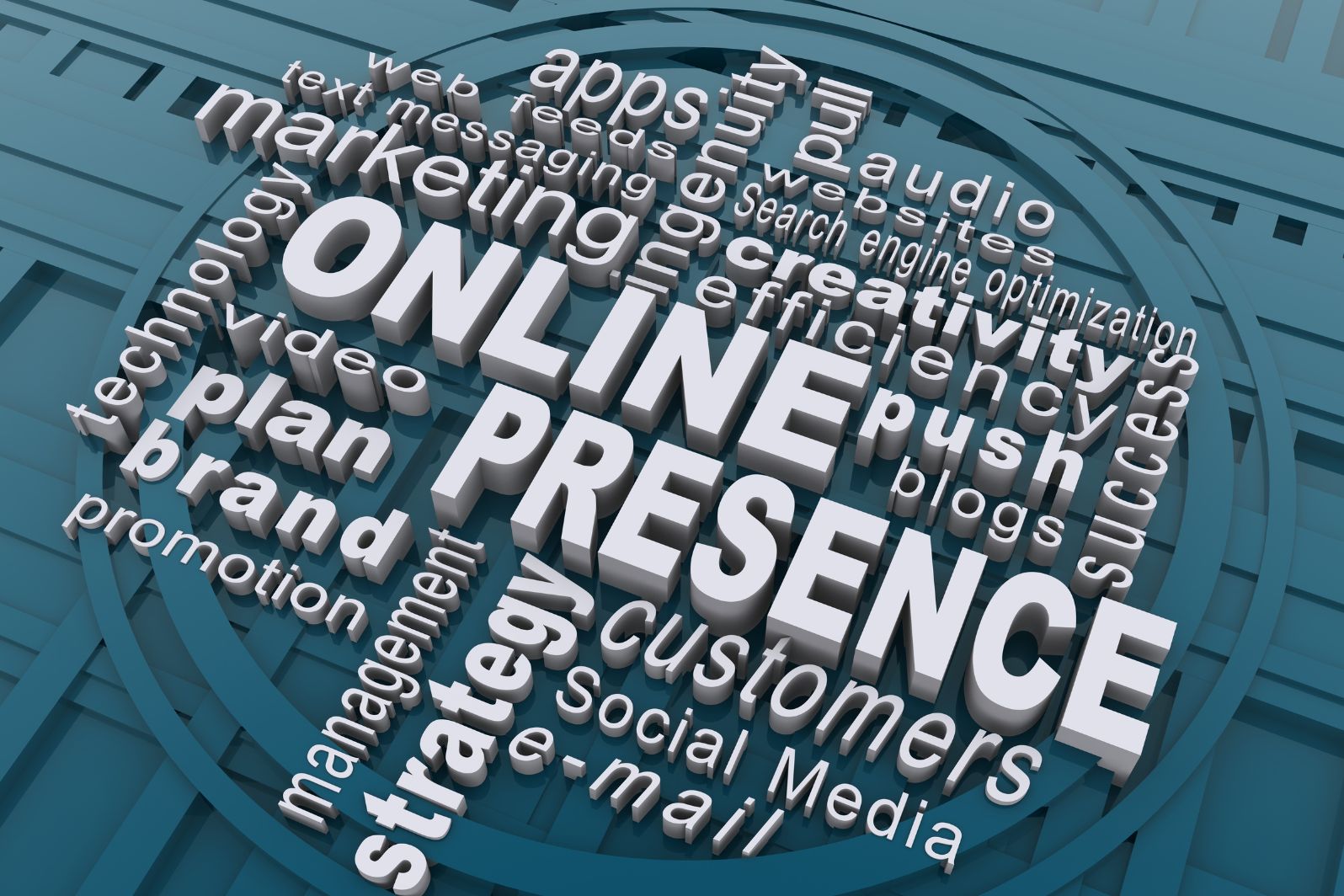Is it a good time to be running an ecommerce company? You bet!
Global retail ecommerce sales are forecast to grow 8 percent every year through 2025, reaching well over $4 trillion. Selling goods online has plenty of benefits, including lower startup and operating costs, easier expansion, and access to a worldwide consumer market.
However, if the ecommerce market is thriving, why do so many ecommerce companies fail? There are a number of reasons, primarily strong competition from established brands. One of the secrets to beating this competition is to build the online presence of your brand.
This guide will show you how to do it.
Table of Contents
Build Your Own Ecommerce Website
A major benefit of selling products online is you don’t have to build your own ecommerce website. You can make a killing by selling on third-party ecommerce marketplaces like Amazon and Etsy, or on social media networks like Instagram and Facebook.
However, you’ll likely be more successful if you build an independent ecommerce website. That’s because the website is a crucial tool for building your brand’s online presence.
Think of it this way. If you’re selling on Amazon, your customers likely go online and look up the Amazon website, from where they’ll look up your product.
You want them to look up your website instead. Plus, a website adds more credibility to your brand.
Search Engine Optimization
Building an ecommerce website is a good start, but it’s barely a scratch on the surface. Most ecommerce brands already have a website, and they’re all vying for a spot on the first page of Google and other search engine results. It’s of little value to have a website if it’s stuck on the second page of search engine results pages – nobody goes there.
Optimizing your website has a number of facets, including on-page SEO, off-page SEO, and technical SEO.
Technical SEO focuses on website speed, page design and architecture, mobile-friendliness, and HTTPS security among other core web vitals. Off-page SEO primarily focuses on building a backlink profile, while on-page SEO is mostly about page content.
If we lost you somewhere, it’s not your fault. SEO requires expertise, which most ecommerce entrepreneurs lack. It’s advisable to hire a web development company and let it build you a website that meets all the requirements of SEO.
Make the Most of Social Media
Social media is a powerful tool for building your business’s web presence. SEO experts say that Google’s algorithm seems to factor in social media presence when establishing the rank of a website/business.
To harness the power of social media, start by identifying the platforms that are most beneficial to your brand. These are the sites that the vast majority of your target audience uses.
For example, if your ecommerce company sells pet products, you’re targeting pet owners. In many countries, millennials represent the biggest share of pet owners. So, on which social channels do millennials spend most of their time?
Woe unto you if your social media strategy focuses on TikTok or Snapchat. You’ll find most millennials on Instagram, Twitter, and Facebook.
You also need to have an elaborate content strategy. If all you’re doing on social media is promoting your products, you won’t see a lot of customer engagement.
You need content that educates and entertains your followers. That’s how to fire up likes, comments, and shares on your posts.
Remember to maintain brand consistency across the various social media sites you’re utilizing. If a user visits your Instagram and Facebook pages, they shouldn’t start wondering whether it’s the same business.
Generate Reviews
Nine out of 10 online shoppers read reviews when looking to purchase a product. If your business or product doesn’t have any reviews, potential customers will look elsewhere because your brand lacks social proof.
As such, reviews are central when you want to build and improve the online presence of your e-store. Encourage your shoppers to leave a review on your website, social media pages, ecommerce marketplace where you have a store, and other business review sites like Yelp.
If you’re getting reviews, good job. But are those reviews positive or negative?
Reviews don’t just tell shoppers about the quality of a product. They also indicate the reliability of the seller. If you sell quality products but have poor customer service, potential customers can avoid buying from you because no one wants a seller that doesn’t pick up the phone in case of a product return.
So, besides focusing on getting reviews, don’t neglect reputation management. Respond to negative comments positively and resolve complaints quickly. You might not have the power to delete negative reviews on third-party platforms, but how you respond to them can negate the damage they would have caused to your reputation and online presence.
Use Influencer Marketing
Brands are increasing their spending on influencer marketing – and for good reason. People trust the influencers they follow. Influencers drive engagement and sales, especially on social media.
The key is finding influencers who are popular with your target audience. As long as they’re willing to work with your brand, expect brand mentions to skyrocket once the posts are out.
Online Presence Is Central to Ecommerce Success
Running an ecommerce business is exciting but success doesn’t come on a silver platter. There’s a lot of competition. Your business must build its online presence in order to stand out from the crowd.
These strategies are sure to help you grow your brand’s name in a crowded market but don’t stop there. Explore our blog to learn more about digital marketing.



